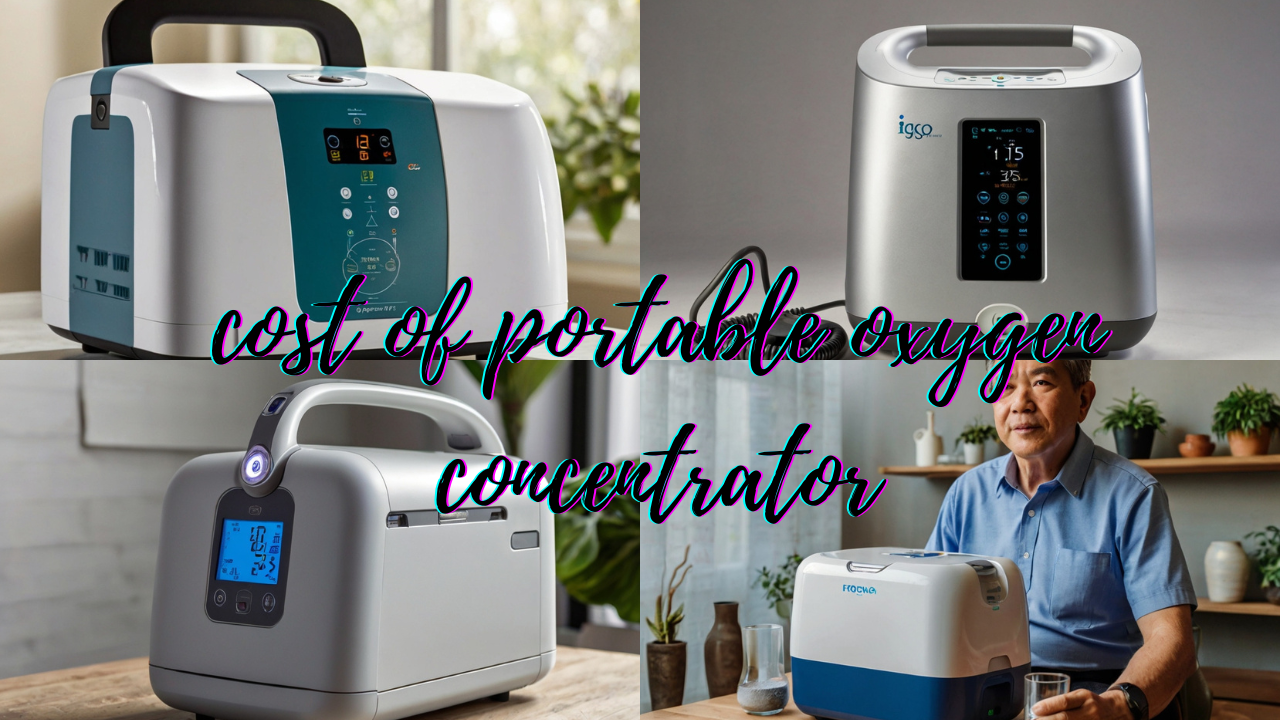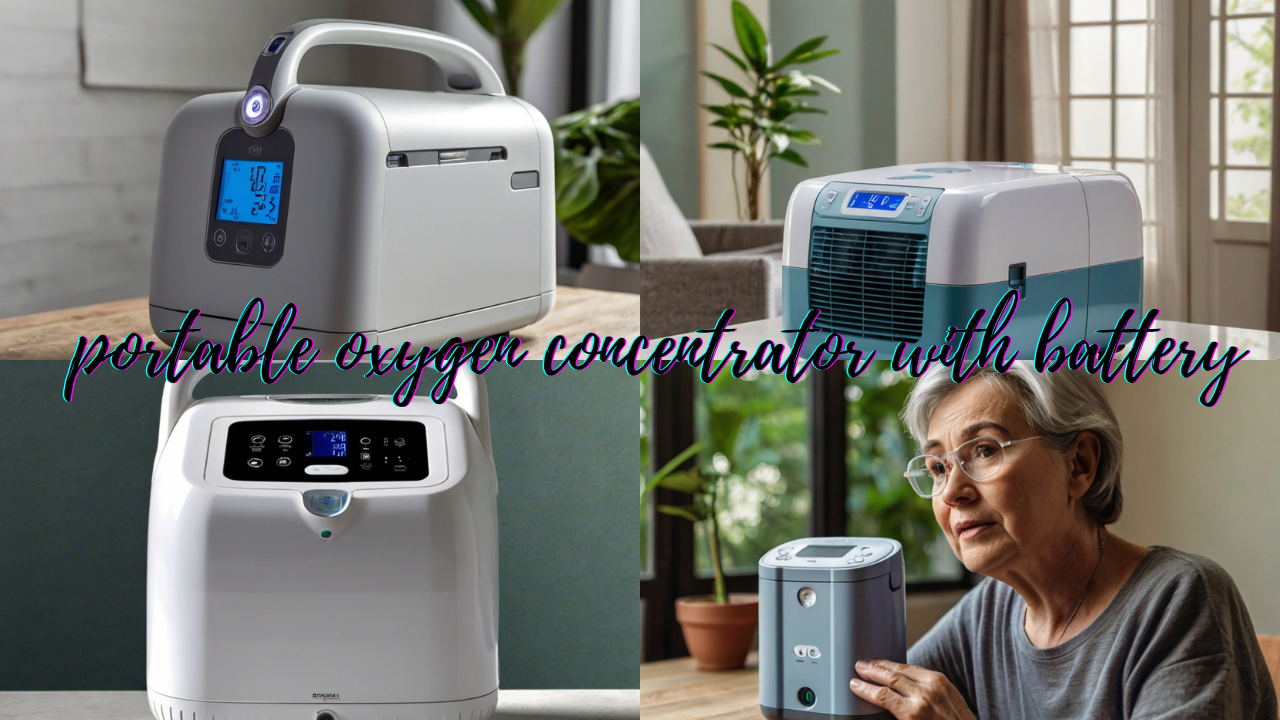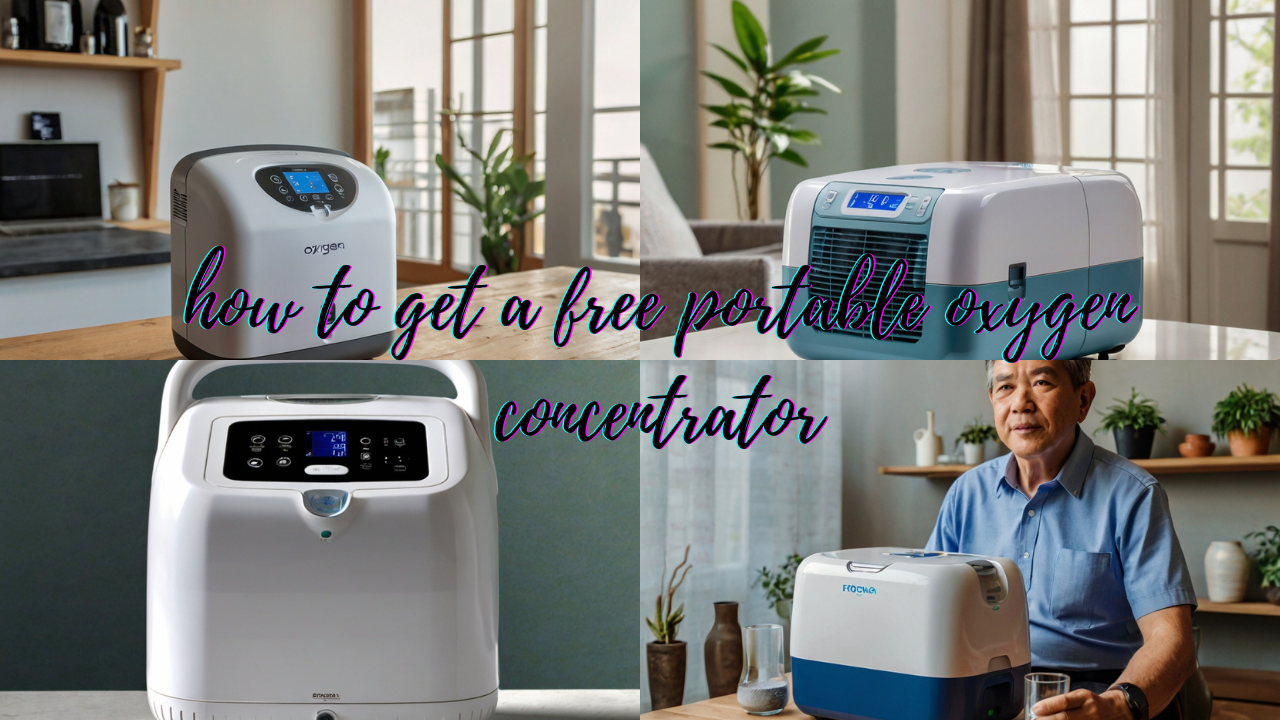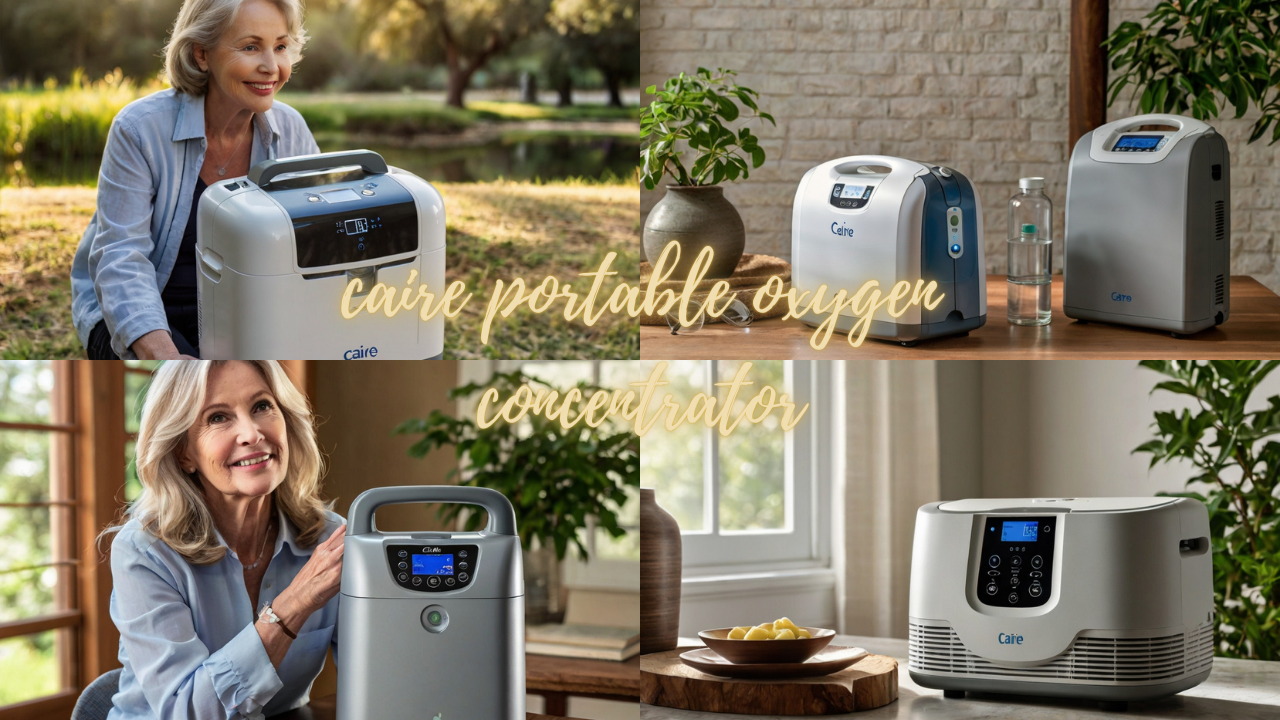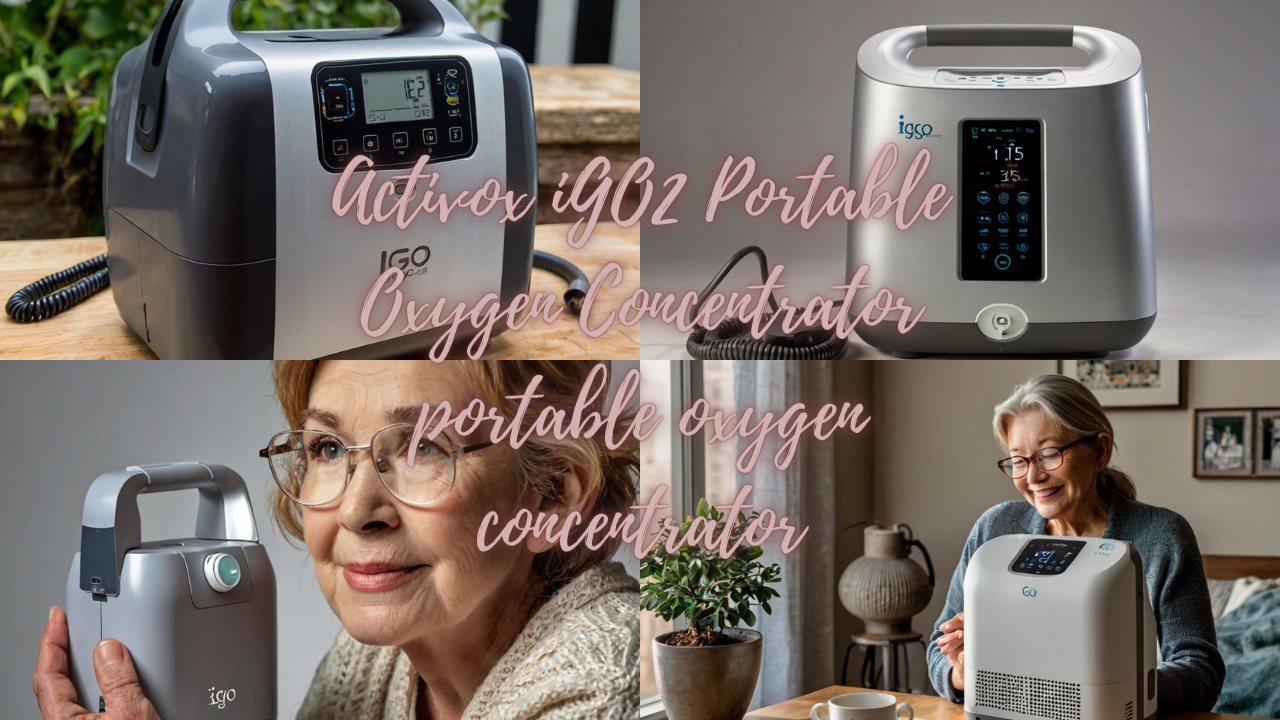Portable oxygen tanks are becoming increasingly popular among people with respiratory conditions. They make getting extra air easy and reliable, making it possible to move around more and participate in daily activities. This complete guide details portable oxygen tanks, giving you the information you need to make smart choices about using them.
Understanding Portable Oxygen Cylinders
Medical-grade oxygen is stored in compressed gas tanks called portable oxygen cylinders. They are made for people who need extra oxygen because of breathing problems like COPD, lung fibrosis, or sleep apnea.
The oxygen capacities of these tanks vary based on their size. They are usually made of strong aluminum or steel and have a pressure regulator that sets how much oxygen flows through a mask or nasal cannula.
Types of Portable Oxygen Cylinders
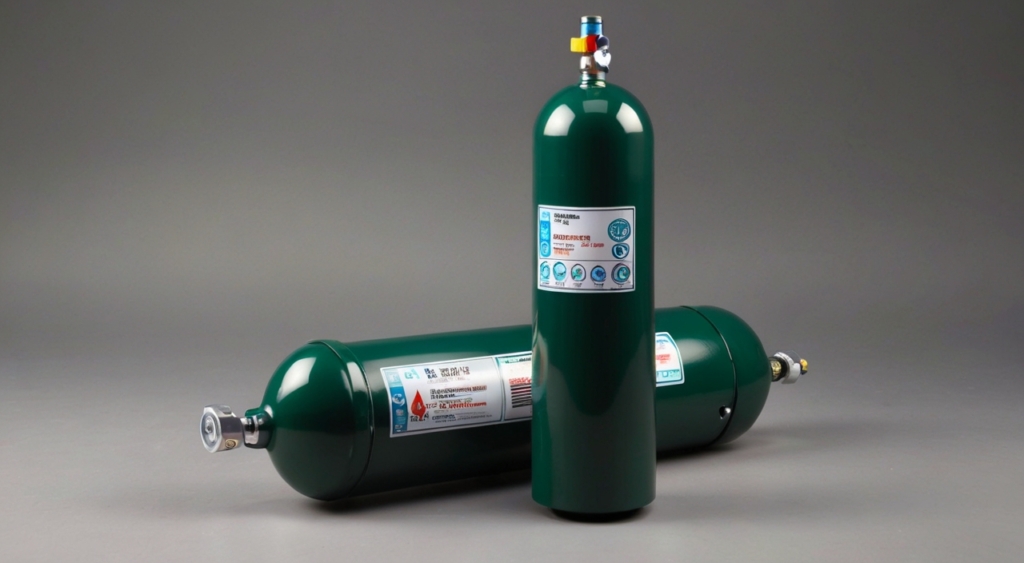

There are two main types of portable oxygen cylinders:
- High-pressure cylinders: These hold a larger volume of oxygen and are suitable for extended use. They are often used at home or in medical facilities.
- Low-pressure cylinders are smaller and more portable, making them ideal for carrying during daily activities or travel.
Benefits of Portable Oxygen Cylinders
Portable oxygen cylinders offer several advantages for individuals with respiratory limitations:
- Increased Mobility: They allow individuals to leave their homes and participate in daily activities without tethering them to a stationary oxygen source.
- Improved Quality of Life: By managing oxygen levels, portable cylinders can enhance energy levels, reduce shortness of breath, and promote a more active lifestyle.
- Convenience: These cylinders are relatively easy to use and transport, providing flexibility for daily needs.
Safety Considerations with Portable Oxygen Cylinders
While portable oxygen cylinders offer significant benefits, it’s crucial to prioritize safety:
- Prescription Required: Using a portable oxygen cylinder requires a prescription from a licensed physician who will determine the appropriate flow rate and duration of oxygen therapy.
- Safe Handling: Cylinders must be handled carefully to avoid damage or leaks. Always store them upright in a cool, dry place away from heat sources and flammable materials.
- Following Physician’s Instructions: It’s essential to adhere strictly to your doctor’s prescribed oxygen flow rate and duration of use.
- Regular Maintenance: Cylinders require periodic inspections by qualified professionals to ensure proper functioning and safety.
Who Can Benefit from Portable Oxygen Cylinders?
Portable oxygen cylinders are primarily prescribed for individuals diagnosed with chronic respiratory conditions that cause low blood oxygen levels. These may include:
- Chronic Obstructive Pulmonary Disease (COPD): This progressive lung disease makes breathing difficult.
- Emphysema: A condition that damages lung air sacs, reducing oxygen intake.
- Pulmonary Fibrosis: Scarring of lung tissue that hinders oxygen transfer.
- Sleep Apnea: A sleep disorder characterized by breathing interruptions, leading to oxygen desaturation.
Important Considerations Before Using a Portable Oxygen Cylinder
Before using a portable oxygen cylinder, consulting a healthcare professional is essential. They will assess your needs and determine if a portable cylinder is the right action. Here are crucial factors to consider:
- Underlying Medical Condition: The type and severity of your respiratory condition will influence the type of oxygen therapy needed.
- Blood Oxygen Levels: A healthcare professional will measure your blood oxygen levels to determine the necessity of supplemental oxygen.
- Activity Level: The oxygen required will vary depending on your daily activities and exertion level.
Frequently Asked Questions
How long does a portable oxygen cylinder last?
How long a portable cylinder lasts depends on how big and fast it needs to run. Larger cylinders can provide oxygen for longer, while smaller ones only last a few hours.
What are the signs that I might need a portable oxygen cylinder?
Common signs that you might require supplemental oxygen therapy include:
- Shortness of breath during daily activities or at rest
- Constant fatigue and low energy levels
- Difficulty sleeping due to breathing problems
- Bluish tint to the lips or fingertips (cyanosis)
How do I refill a portable oxygen cylinder?
You can’t fill up portable oxygen tanks at home. For refilling, you need special tools and training. Most of the time, home healthcare workers will bring new cylinders and pick up the empty ones.
What happens if my portable oxygen cylinder runs out?
If your portable oxygen tank runs out of air without warning, call 911 right away. Do not try to refill the tank by yourself.
How do I clean and maintain my portable oxygen cylinder?
Even though a deep clean isn’t required, the outside of the cylinder must be regularly wiped down with a damp cloth. Do not use any harsh products or cleaners that are rough. Talk to your doctor or read the product’s instructions for specific cleaning directions.
Can I travel with a portable oxygen cylinder?
Yes, but only if the company agrees first. Get in touch with the airline you’re going with ahead of time to determine their rules for portable oxygen tanks. This could mean getting paperwork from your doctor, only bringing certain kinds of oxygen tanks, and being limited in how much oxygen you can carry.



